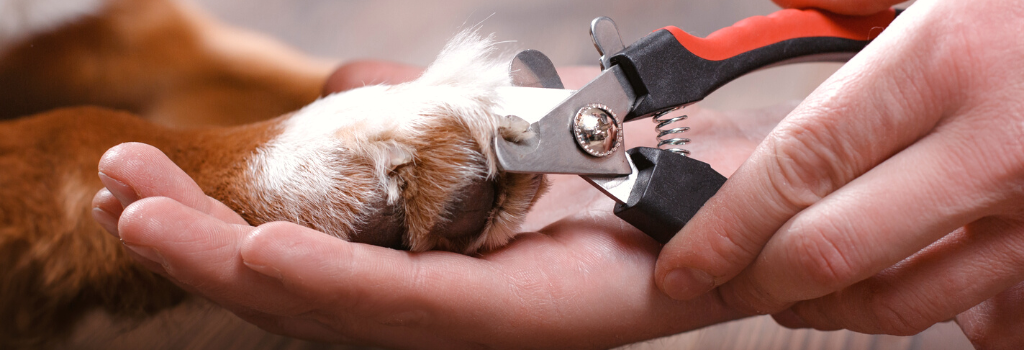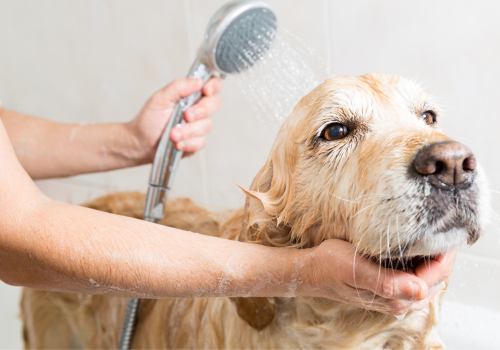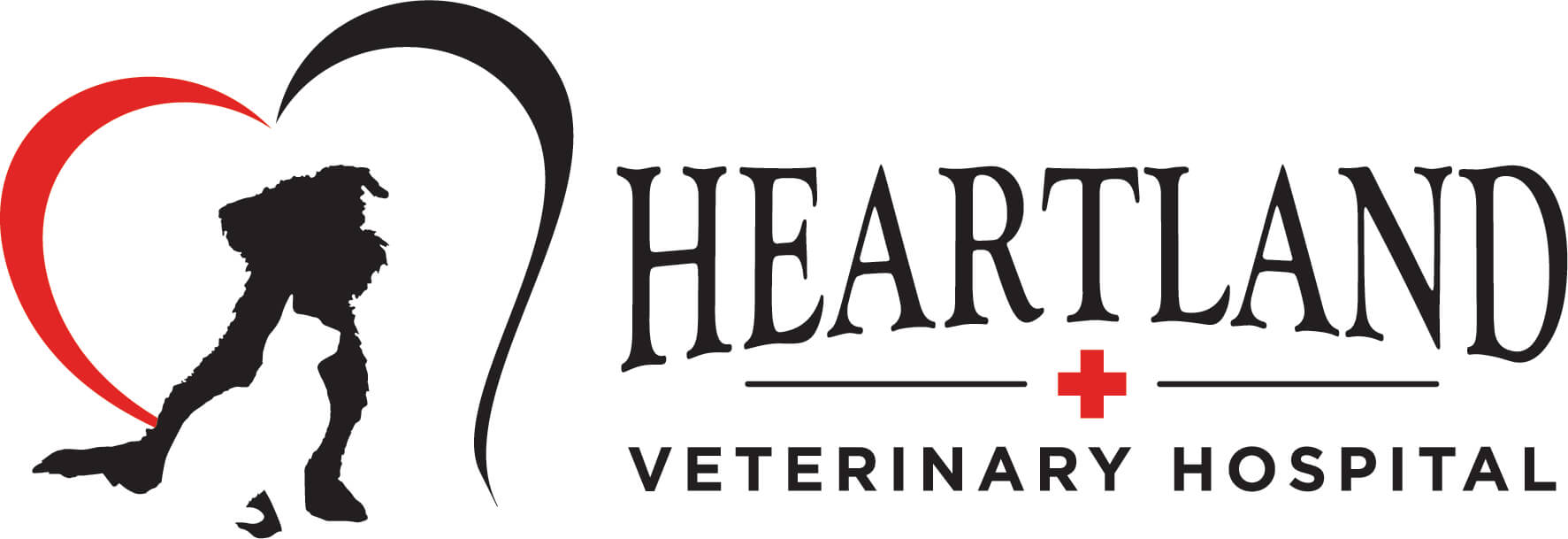At Heartland Veterinary Hospital, we know grooming might seem like just a cosmetic touch—but it’s so much more! Regular grooming keeps your pup comfortable, healthy, and happy. When dogs stop self-grooming, it could signal an underlying health issue. And without proper bathing and coat care, painful matting or skin problems can sneak up fast.
If you’ve ever wondered about your dog’s grooming habits or thought about tackling it at home, you’re not alone! The internet is full of well-meaning but misleading advice, and sorting fact from fiction isn’t easy. That’s why Heartland Veterinary Hospital is here to help. We’ve answered your most common grooming questions with clear, vet-approved guidance—so you can give your dog the care they deserve, with confidence.
If you're looking for a highly trained veterinarian in Edwardsville, Illinois, we'd love to see your dog for an exam to confirm their hair and skin health, so please call us at (618) 655-5313.
How important is grooming and hygiene for a dog's health?
Grooming and hygiene are essential to your dog's health, as they may uncover certain medical conditions or prevent medical issues from occurring. Dogs groom themselves daily, which is an indicator of good overall health. When they fail to groom themselves, there might be an underlying health issue to blame. Grooming also helps with their hygiene, keeping them clean between bathings. A dog's skin experiences a turnover cycle approximately every 21 days, so a monthly bath is recommended. If you have a shedding dog, brushing them can reduce their shedding since you're ridding their body of all that hair that has gone through its life cycle. Grooming your dog is also essential when it comes to avoiding them becoming heavily matted, and it removes things such as burrs in their fur that they might have picked up outside.

Do all dogs require grooming?
All dogs require grooming and brushing, regardless of having a short or long coat. However, not all dogs need regular visits to a professional groomer, with some doing fine with just home grooming, bathing, and brushing. A short-haired dog might only go to the groomer once a year to get their undercoat blown out, while other dogs require a trip to the groomer every 6-8 weeks. Grooming also includes nail trimming, as their nails grow continuously throughout their life, regardless of breed or type of hair coat. Their nails will become worn down to some degree from running on hard surfaces, but a dog's dewclaw never touches the ground and will always require trimming.
Do I need any special tools for grooming?
At-home grooming does require some tools, so be prepared before starting the process, or you'll find yourself in a position where you can't give your dog a complete grooming experience.
At-home dog grooming tools include:
- Dog-specific nail trimmers
- Ear cleaner and gauze to clean out the ears
- Shampoo, preferably soap-free
- Brush
The American Kennel Club offers excellent tips and insight for grooming at home, from bathing to ear cleaning.

How does regular grooming contribute to good health in dogs?
Regular grooming in dogs is a significant indicator of skin health and helps maintain their skin — which is vital since it's their barrier against pollens, allergens, insect bites, and more. When you fail to groom your dog regularly, their coat can become very dirty, their skin can get clogged, and their coats can become matted. If you keep your dog's coat properly trimmed to the right length and keep all the undercoat out, their skin can breathe, and they're less likely to develop bacterial infections. Grooming is also an ideal time to look for fleas and ticks, and since the process includes nail trimming, you're also avoiding overgrown nails that can curve inward and puncture the pad of their foot.
How soon should I start to groom my dog?
At Heartland, we recommend puppies visit the groomer around 12-16 weeks of age — and you should prepare them for their first visit by touching their feet and ears a lot. This will get them used to how they'll be handled by a groomer and prepare them for having their nails trimmed. If you have a long-haired dog, get them used to being brushed when they're a puppy. This will make the process easier throughout their life and helps to avoid matting. When brushed, matted dogs often become nippy, making the process a struggle for their owner and groomer.
How often should my dog be groomed?
The frequency of grooming your dog depends on whether their coat is short or long, but most dogs need to be groomed only every 8-12 weeks to keep their hair coat in great shape. Regardless of their grooming schedule, you should brush them regularly. Weekly brushing is essential for dogs with hair that grows continuously and becomes matted easily. Your dog's activity level also plays a factor, as running outside and getting burrs and stickers attached to their hair means more frequent brushing. It's essential to remove those kinds of things as soon as they're discovered.
If you have further questions about dog grooming, contact your veterinarian. If you live in or near Edwardsville, Illinois, we'd love to see your dog for an exam to confirm their hair and skin is healthy, so please don't hesitate to call us at (618) 655-5313 or email us at info@heartlandveterinaryil.com.
